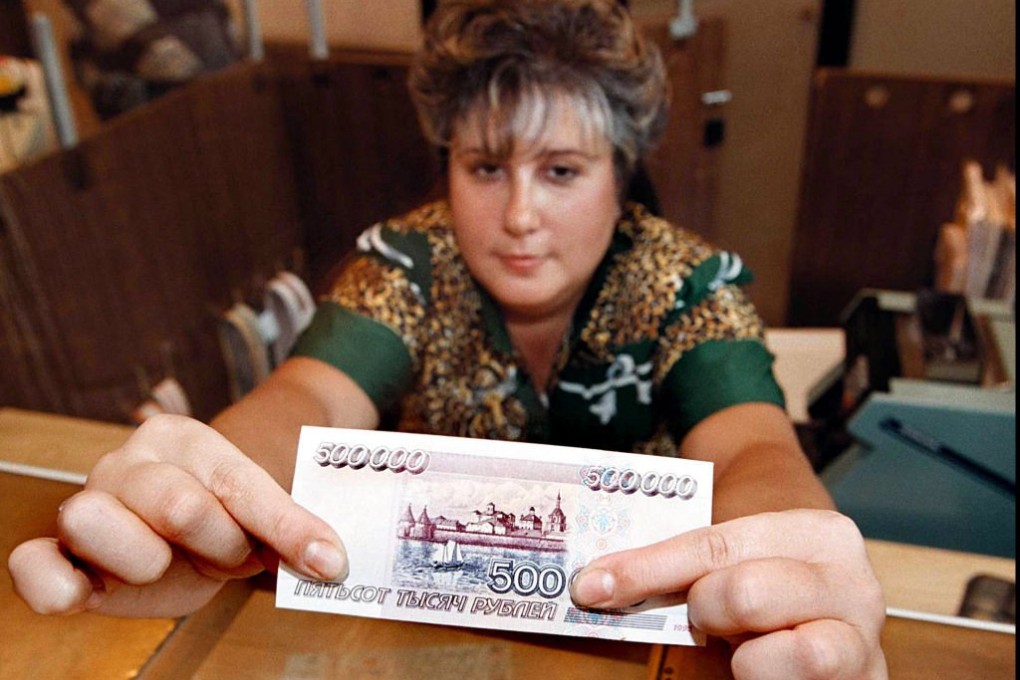Macroscope | Indonesia experience explains the Russian rouble’s rout

The Russian rouble ended 2014 in bad shape. For most of 2014, Russia faced ever-increasing economic sanctions which set the stage for what was to come late in the year: the collapse of oil prices and the announcement on November 10, 2014 that the rouble would be allowed to float. When it was allowed to do so, the currency sank like a stone.
In addition to witnessing most of the rouble’s purchasing power vanish, Russians saw the volatility of their currency explode. Not a pretty picture, but, one that can be brought into some focus by reflecting on the Indonesian financial crisis of 1997-98.
On August 14, 1997, shortly after the Thai baht collapsed on July 2, Indonesia floated the rupiah. Stanley Fischer, Deputy Managing Director of the International Monetary Fund, proclaimed that: “The floating of the rupiah, in combination with Indonesia’s strong fundamentals, supported by prudent fiscal and monetary policies, will allow its economy to continue its impressive economic performance of the last several years.”
Contrary to the IMF’s expectations, the rupiah did not float on a sea of tranquility. It plunged from 2,700 per US dollar to lows of nearly 16,000 in 1998.
By late January 1998, President Suharto realised that the IMF medicine was not working and sought a second opinion. In February, Suharto invited me to become his Special Counselor. Although I had no opinions on the Suharto government, I had definite ones on the matter at hand.
The antidote I proposed was an orthodox currency board in which the rupiah would be fully convertible into US dollars at a fixed rate. On the day that news hit the street, the rupiah soared 28 per cent against the dollar. It seemed to infuriate the US government and the IMF and ruthless attacks on the idea ensued.
